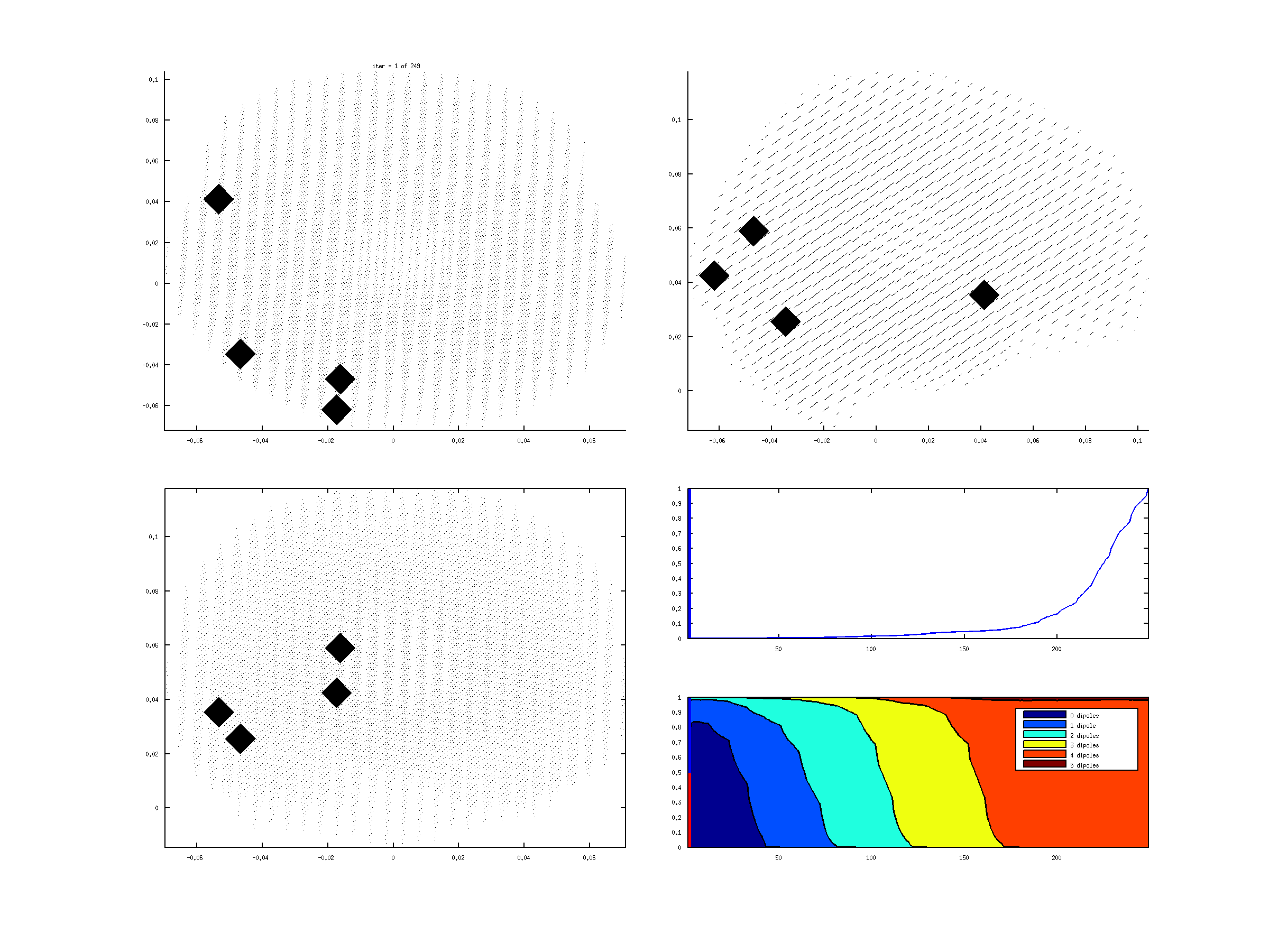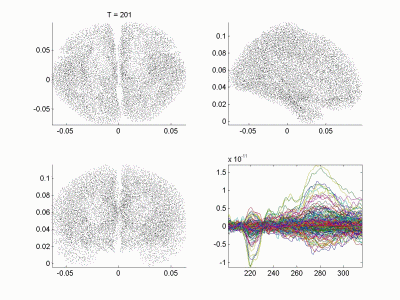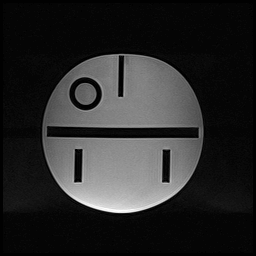|
Research
My research work is at the boundary between mathematics, statistics and applications.
I have been developing methods and algorithms for Electro/Magneto-encephalography, Magnetic Resonance Imaging,
LIDAR and astronomical imaging. Below is a list of problems I have dealt with, starting from
the most recent ones.
SMC samplers for variable dimension models
In many applied problems, one has to estimate simultaneously the number of sources and the source parameters from indirect measurements. In Magneto/Electro-encephalography, one measures the magnetic/electric field outside the head, and wants to estimate how many brain areas were active, and where they are. In RHESSI imaging, one is given the number of X-ray counts recorded by a satellite, and wants to reconstruct the activity spots on the surface of the sun. Sequential Monte Carlo (SMC) samplers are powerful tools for Bayesian analysis, that can be used to sample particularly complex posterior distributions. Variable dimension models are a formal construction that allows to make inference simultaneously on different competing models. Here we use SMC samplers and a variable dimension model for estimating current dipoles from MEG data. 
Particle Filtering for MEG The high temporal resolution of MEG recordings allows to set up a Bayesian filtering approach, where the posterior distribution at a given time is used as prior information for the immediate future. We used Monte Carlo particle filtering algorithms to approximate this sequence of posterior distributions and provide dynamic estimates of current dipoles. 
Correction of geometric distortion in MRI
The inhomogeneity of the static field inside a Magnetic Resonance device typically produces a geometric distortion of the reconstructed image, unless such inhomogeneity is properly modelled. In this collaboration with an italian small enterprise, I have used a mixture of physical modelling and image-analysis techniques to reduce the geometric distortion in an open MR device.  |
|